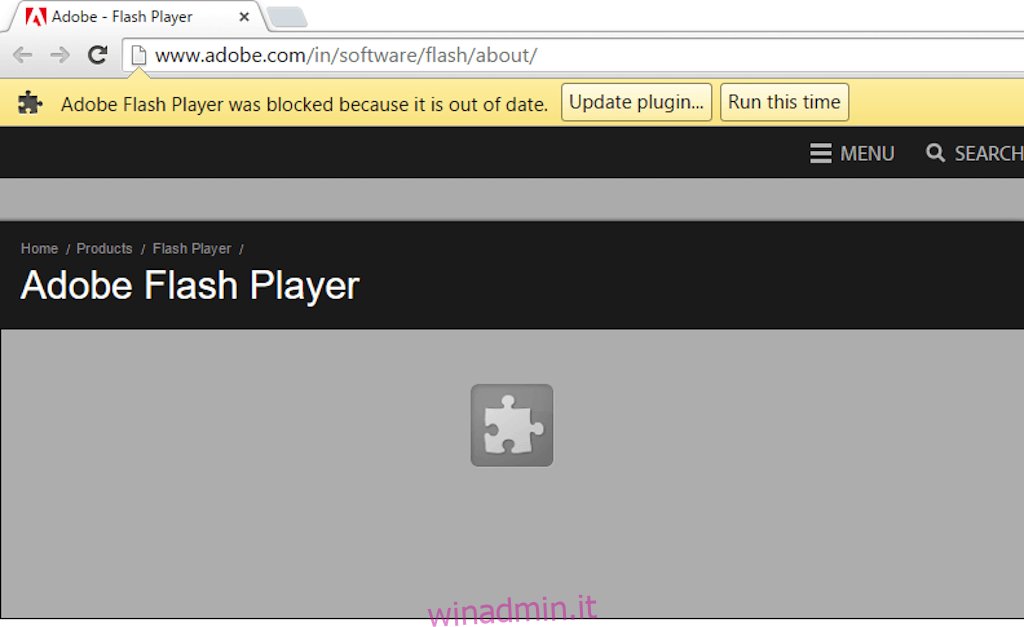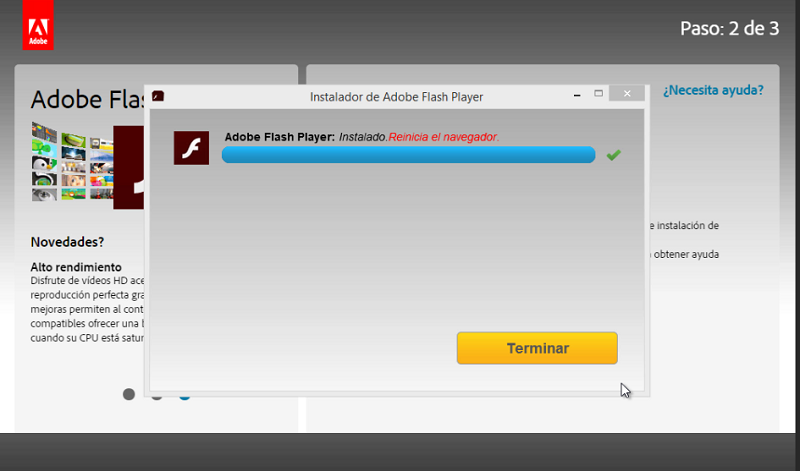
There are many Flash capabilities that have no direct counterpart in HTML5 (see Comparison of HTML5 and Flash). However, HTML5 on its own cannot be used for animation or interactivity – it must be supplemented with CSS3 or JavaScript. Both include features for playing audio and video within web pages, and for using Scalable Vector Graphics. While some features of HTML5 are often compared to Adobe Flash, the two technologies are very different.

So I don’t have to remember to keep any standalone Flash plugins up to date with the latest security patches.

The advantage to that security-wise for me is that Chrome updates include the latest secure version of the Flash plugin. If I run across a site that needs Flash to display properly, I then open it up in Chrome (not my default browser). I do not install or enable the Flash plugin in any of my browsers, with the exception that Google Chrome comes with a Flash plugin pre-installed. I find those sites that are lagging behind to be annoying, because you still need the Flash plugin to play the Flash content. Some websites still host Flash content, but eventually they will drop it in favor of the new open standard. Due to its history of security and stability problems, users on the desktop are still encouraged to always update to the latest version.Flash is being replaced by the open format HTML5 video element, with full support by all major browsers, so no plugin is required for HTML5 content playback: Adobe announced the end of Flash for mobile devices in late 2011. However, with the advent of HTML5, Adobe Flash is in decline. Without it, many videos and games cannot be displayed in the browser. No additional installation is necessary for Google Chrome which includes its own edition maintained by Google.Īdobe Flash player is still an essential part of today's web browsing experience. One, called Adobe Flash Player ActiveX, is only for the use within Microsoft Internet Explorer, while the other, Adobe Flash Player Plugin, is for the use in other browsers such as Mozilla Firefox.

On Windows, there are two separately available editions of Adobe Flash Player. It is not available within the browser on Apple's iOS mobile devices (iPhone, iPad), where Apple disallows it citing security and stability reasons.

Flash Player is often used to display videos, games, and advertisements.Īdobe Flash Player is available for many platforms and browsers, including Windows, MacOS X, Linux, and several mobile device operating systems such as Android. It was initially developed by Macromedia, which was purchased by Adobe in 2005. Since its inception in 1996, Adobe Flash Player has become a quasi-standard for the display of video content on the web.


 0 kommentar(er)
0 kommentar(er)
